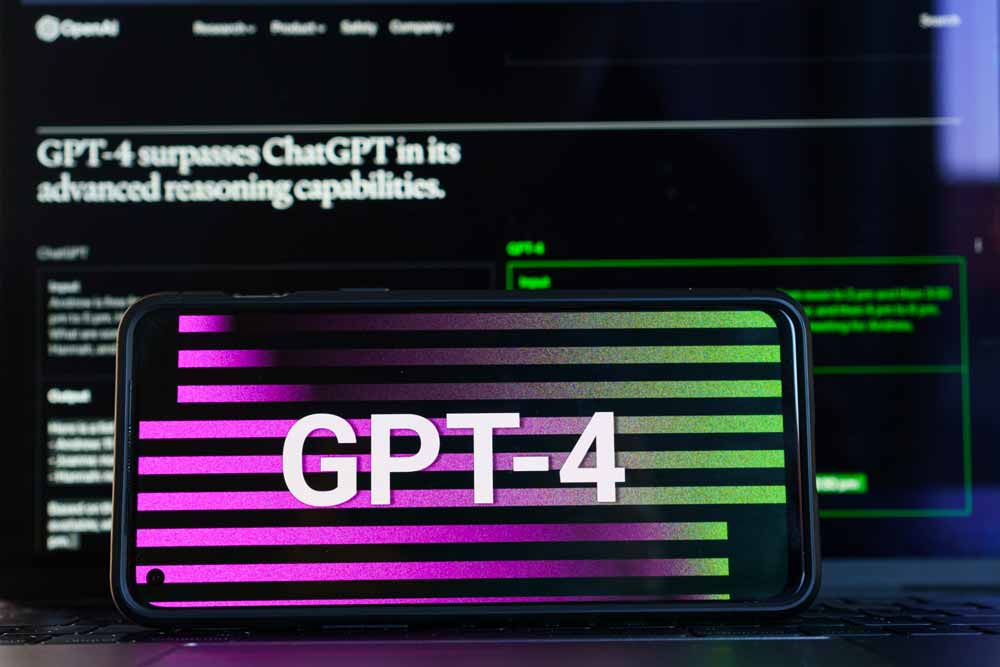Tabella dei contenuti
The reason that drives 94% of people to connect to the network is reading e-mails: this is estimated by Marketo, an American software company purchased by Adobe Systems for 4.75 billion dollars in 2018. Not only that; Marketo certifies that checking the mailbox is the first activity that the average user performs on the Internet.
It is clear that e-mail marketing continues to assume a preponderant importance among the forms of direct marketing: it is no coincidence that it is one of the preferred tools by companies to reach a profiled audience in a short time and with a high return on business. investment. Also for these reasons, and in the belief of reaching the greatest number of prospects by sending emails, the goal is often to feed as much as possible its user database. This is a gross error: a company that massively expands its contact database and without respecting the user’s free choice runs the risk of affecting the performance of the e-mail marketing strategy and damaging its brand reputation. This is why it is essential that this strategy starts right from the database building phase. Keeping contact lists clean, clustering correctly, leveraging engagement (which must be constantly monitored) and stimulating dormant users with specific reactivation campaigns are just some of the best practices for growing your recipient list in a transparent and effective way. .
Database building
To start the database building it is necessary to acquire the personal data of the users who will make up our mailing list. Convincing users to release their personal data may not be simple and immediate, which is why it is necessary to develop a strategy to increase the entry points, or the subscription points for communications.
There are many ways to acquire user data:
- provide for the appearance of pop-ups on the site that invite the user to subscribe to the newsletter. It is a good way to attract the attention of the user, since a simple static form on a particular page could go unnoticed. You can also think of pop-ups with ad hoc content, developed according to specific sections.
- exploit the potential of social media. For example, you can create adv campaigns on Facebook with LeadAds or set up a newsletter subscription form on your company page.
- work on quality content. In this way, users wishing to download content that they consider valuable will be encouraged to release their personal data.
- insert a link in the company signature that refers to a registration form for your newsletter. An activity sends, on a more or less regular basis, many e-mails external to the company: why not take advantage of this opportunity?
A strategic database building is the first step to build a positive relationship between company and user and lay the foundations for future conversions.
This makes it necessary to make choices right away:
- always lean towards the double opt-in. Once the user has completed the newsletter subscription form, a further click is required in the confirmation email sent automatically; 20% of users will not confirm the double click, but there will be a higher conversion rate because we will have the certainty of acquiring contacts who are willing to read the communications addressed to them.
- provide documentation on the processing of personal data. It is a legal obligation, as well as a way to create lists of contacts who are informed and willing to receive.
- avoid importing the contacts of a mailing list into other lists in our database, for the sole purpose of enriching them. You run the risk of “disturbing” your users with communications they are not interested in.
Cleaning up contact lists
A correct database setting is not enough: you need to work constantly to keep the contact lists clean. In fact, it happens that the user, even if consenting during the registration phase, may no longer be interested in the content of the emails he receives.
It will therefore be necessary:
- simplify the unsubscribe process, to allow the user to always and only receive communications that he likes. It is not just a form of “politeness”, but a way to protect deliverability and minimize the risk of being reported as “spam”. For these reasons, the unsubscribe link must be present in the footer of each email, in addition to the permission reminder.
- insert the permission reminder in each email sent, in order to remind the user of the reason why he receives our emails. It serves as a complement to the unsubscribe link.
- Perform a bounce analysis – the amount of e-mail messages that have not been delivered to the recipient’s mailbox -, ideally after each mass sending, in order to remove useless email addresses from our contact list and keep the database clean. It is therefore necessary to remove hard bounces, as permanent errors (non-existent or incorrect boxes), and potentially also soft bounces, errors potentially related to contingency (full boxes or server error), based on their nature.
Clustering of contacts in the right way
The contact lists that will receive our communications must be drawn up with particular care, for this reason behind their clustering, or the segmentation of users in special mailing lists, there must be a thorough knowledge of the database data. Clustering contacts correctly is essential in order to reach the right users with targeted communications, but according to what criteria should this be done? The password is engagement. Users of the same cluster will share the same degree of involvement: on the basis of this it will be necessary to study specific advertising campaigns aimed at obtaining a certain behavior. For this reason it is obvious to specify that the clusters of contacts in e-mail marketing are anything but static. These react based on our communications and move accordingly by moving from one level of engagement to another. It is up to us to implement a strategy to facilitate transitions from one cluster to another.
Encouragement of engagement and monitoring
The first two to three months following registration is expected to increase user engagement. A stalemate generally follows in which the interactions between the company and the user decrease and the level of involvement of the latter is lowered. In any case, the decline in interest occurs with a lower incidence if the frequency of sending emails is greater; the more time passes between one sending and the next, the more the number of “disengaged” users increases.
This thesis has been demonstrated by a study * [1] conducted by Mail Up which specifically analyzed the behavior of clusters based on the frequency of mail sending.
- Daily frequency. The engagement level of the cluster contacts is still quite high and stable; we consider that only a few days have passed since subscribing to the newsletter. However, 25% of users are already inactive.
- Weekly frequency. The thinning out of e-mails goes hand in hand with a decline in interest on the part of the user.
- Frequency every 15 days. The situation becomes more difficult to interpret. The sending frequency is intermediate and users react differently.
- Monthly frequency. A more sporadic sending of emails leads to a rapid decline in user interest.
Not surprisingly, frequency is precisely one of the strategic levers of the reactivation campaigns of dormant users, as we will see in the next paragraph.
Wake up dormant users with an automatic workflow
Waking up dormant users, that is, those who do not interact with the emails they receive, is not an easy operation. It is necessary to develop a particular strategy articulated in a flow of automatic communications (generally no more than three). Such communications must leverage:
- Quality and original content. Promotions, news, contests and coupons can only positively surprise the user of the cluster.
- Tone Of Voice, direct, conversational and why not, if consistent with our brand, even ironic.
- Frequency, we take advantage of the absence effect. Suspending communications for a reasonable period of time will increase the wait for subsequent actions.
The automatic workflow according to which we set up our reactivation campaign provides for precise trigger conditions, waiting times and operations to be carried out at the end of the flow. Obviously, the modalities must be established only after a careful study of the strategy and periodically reformulated, based on the results that emerged from the monitoring.
Make an appointment with one of Key-One’s E-Mail Marketing Specialists: they will help you expand your contact database effectively and transparently and increase your conversion rate.
[1] www.mailup.it, Mailup Data Lifecycle Engagement, 2020








